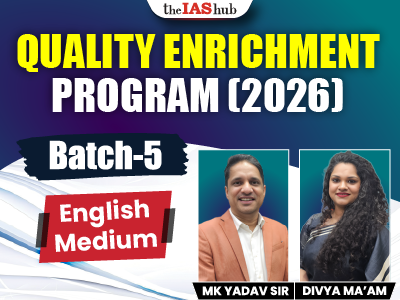Explore the challenges of e-waste pollution in India, its constituents, sources, environmental impacts, and strategies for effective management.

E-waste encompasses electronic devices that have reached the end of their useful life or are no longer wanted by the owner. These devices may contain hazardous substances and valuable resources. Toxic chemicals such as lead, mercury, and cadmium are released into the environment when electronic devices or waste is not properly disposed of, reused, or recycled. The release of these toxic chemicals results in soil, water, and air pollution.
Causes of Rising E waste
| Particulars | Sources | Health Effects |
| Lead |
|
|
| Cadmium |
|
|
| Mercury |
|
|
| Hexavalent Chromium/ Chromium VI |
|
|
| Barium |
|
|
| Beryllium |
|
|
| Toners |
|
|
| Phosphor and Additives |
|
|
Environmental Degradation:
Global Best Practice of E-Waste Management: In Germany: The e-waste is collected directly from individual households without any charging from consumers.
GLOBAL AND DOMESTIC INITIATIVES FOR E-WASTE MANAGEMENTGlobal
Domestic:
E-WASTE MANAGEMENT RULES, 2024
EPR certificates: They are tradable credits to offset the environmental obligations of companies just like green credits or carbon credits. Manufacturers and importers must procure EPR certificates for operating in India. |
Are you preparing for UPSC 2025? Join IAShub’s UPSC coaching batches to boost your preparation. Enroll now!


Refine your answer writing skills and elevate your UPSC preparation with personalized support and expert feedback.
Fill out the form to get started with the program or any other enquiries !








Are you dreaming of becoming an IAS officer? Then, IAShub can be your best guide. It is one of the Best IAS Coaching in Delhi. Many students who want to clear the UPSC exam join IAShub for learning. The institute gives both online and offline classes. Their teachers are experienced and helpful. They easily explain every topic. Students also get notes, tests, and tips to do well in the exam.
IAShub is in Delhi and is trusted by many UPSC students. It offers coaching for every part of the UPSC exam – Prelims, Mains, and Interview. The classes are simple and easy to understand. The teachers are experts and guide students in the right way. IAShub is also known for its helpful notes, test series, and answer-writing practice. IAShub is the best coaching in Delhi and also gives UPSC Online Classes. This helps students from any place in India to learn. The online classes are live and also recorded. So, students can watch them anytime. These classes cover the full UPSC syllabus.
Here are some important services provided by IAShub:
The UPSC Civil Services Exam has three parts:
This exam is tough, but with the right guidance, it becomes easy to manage. Students must study smart and stay regular.
IAShub supports students from the beginning to the end. It gives the right books, tests, and notes. The classes are easy to follow, and the teachers are always ready to help. Students get personal doubt sessions too. The test series and answer checking help students learn where they need to do better. Also, free study materials save time and money.
IAShub also guides students during the final stage – the interview. Experts take mock interviews and give useful tips. This full support makes IAShub one of the best IAS coaching in Delhi.
